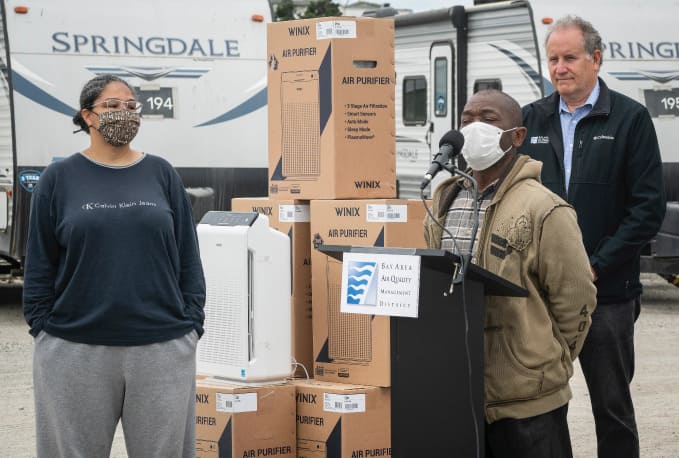Furthering
Community
Protections
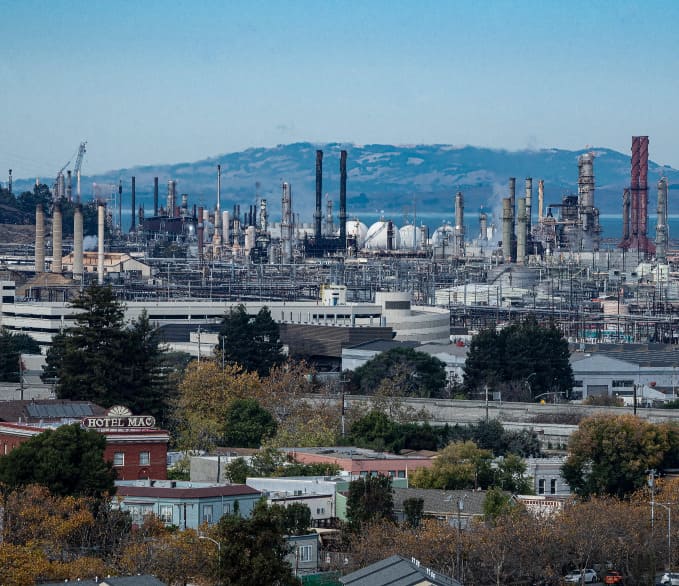
THE AIR
DISTRICT CONTINUES TO
STRENGTHEN AIR QUALITY
PROTECTIONS
AND BUILD
PARTNERSHIPS IN COMMUNITIES
MOST
IMPACTED BY AIR POLLUTION.
Wildfire Air Quality
Response
Program

A new grant program with an additional funding of $3M from the
state will be available through Assembly Bill 836, Wildfire Smoke Clean Air Centers for
Vulnerable Populations Incentive Pilot Program, initiated by Assembly Member Buffy Wicks and
the Air District in 2019 to better prepare the region for wildfire smoke. The grant program
will allow counties to apply for funding to conduct air filtration and ventilation retrofits
and purchase air filtration units and replacement air filters with the goal of establishing
a network of Cleaner Air Centers in the Bay Area. The Air District continues to seek
long-term solutions to prepare for catastrophic wildfires and smoke impacts and build
resiliency across the region with our partners.

Watch Now:
Staff Statement Video
Three
new partnerships were created
to
support wildfire emergency response
$3M
will be made available to
establish
a Cleaner Air Center
network in the Bay Area
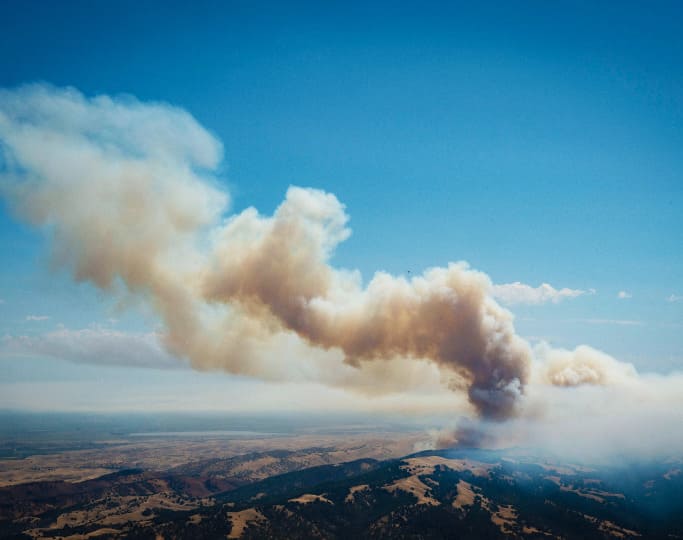
 Play
Play

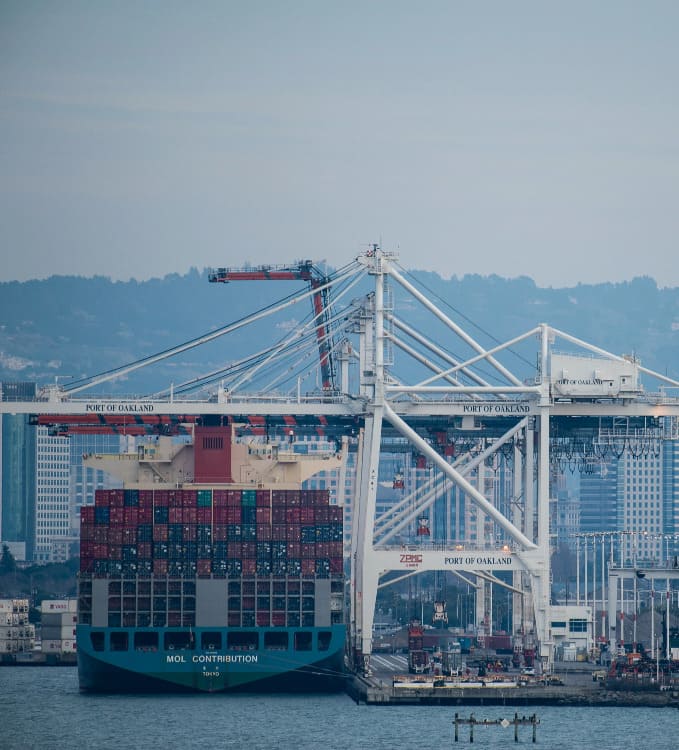
Richmond-North Richmond-San Pablo Community Path to Clean Air

West Oakland
Community Action|Plan

 The Sustainable Port Collaborative formed to
further support zero-emission goals at the Port of Oakland.
The Sustainable Port Collaborative formed to
further support zero-emission goals at the Port of Oakland.
Air Monitoring in|Refinery|Fenceline|Communities


17
community members from across the Bay Area make up the Community Advisory Council

Community Advisory Council


Watch Now:
Feature Video
 Play
Play
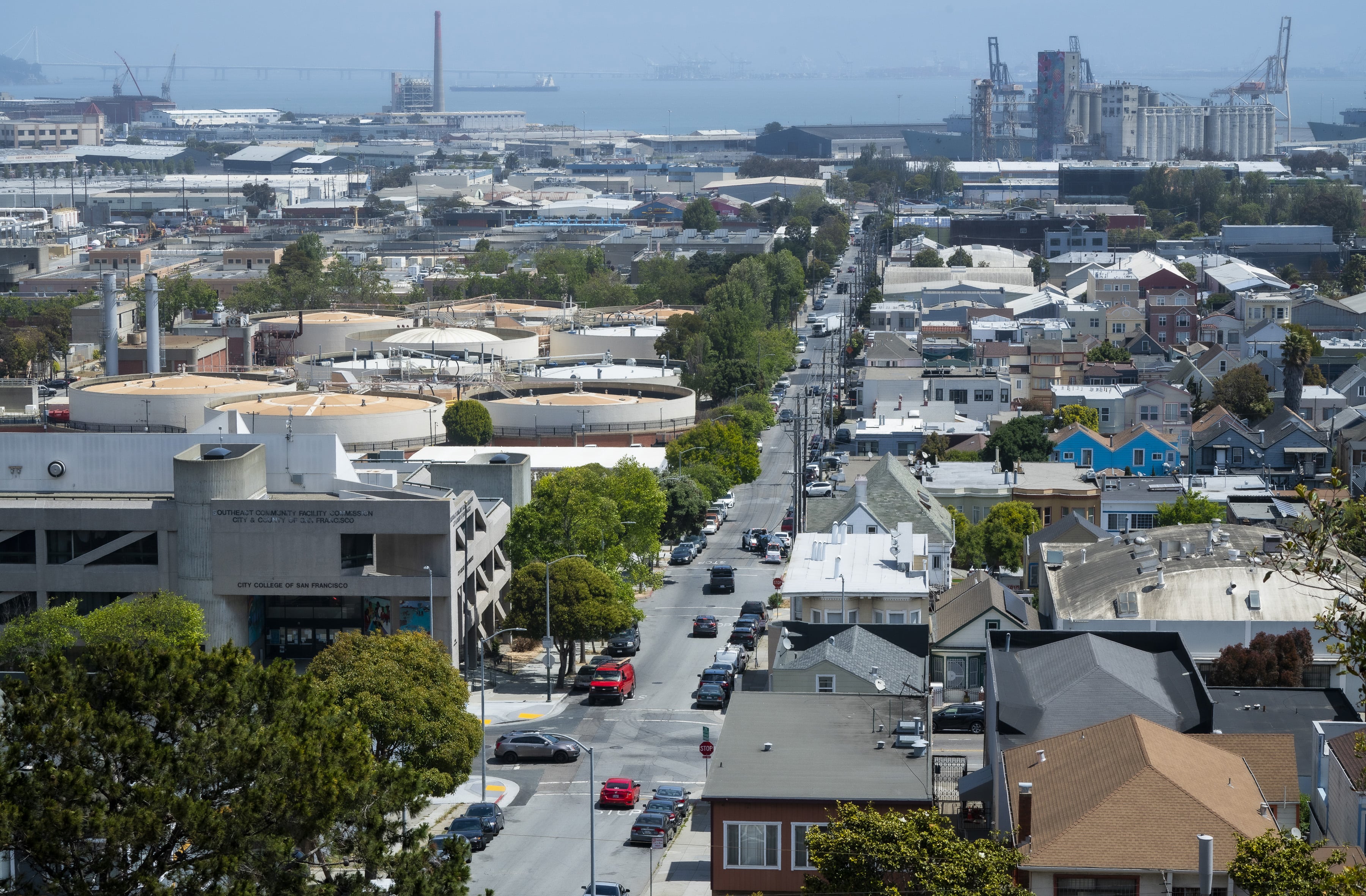
Community Equity,
Health and
Justice
Committee

 The Committee will prioritize traditionally
marginalized and disinvested communities in Air District policies and programs.
The Committee will prioritize traditionally
marginalized and disinvested communities in Air District policies and programs.
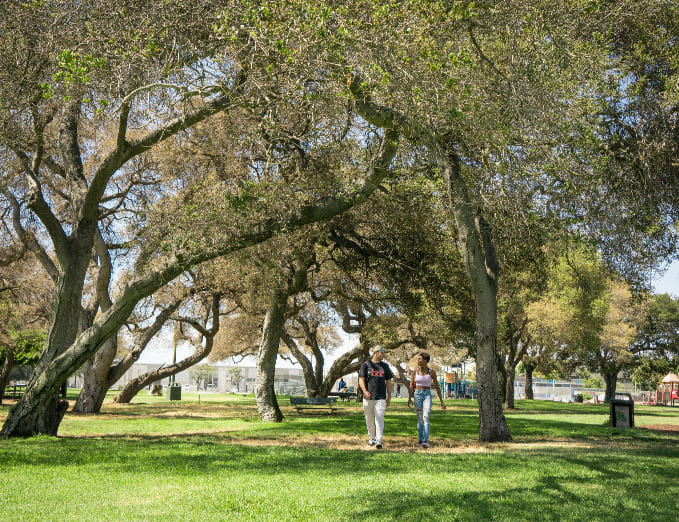
Bay Air Center

PM2.5
reductions from refineries is a top priority for the Air District
123
RV trailers received air filtration units and replacement filters
Air Filtration Units|Distributed to Pier|94 Transitional|Housing Residents

Regulation 2|Permitting Rules|Amendments

Rule 6-5 Amendments to
Reduce
Particulate Pollution
from Refineries

Watch Now:
Staff Statement Video

 Play
Play
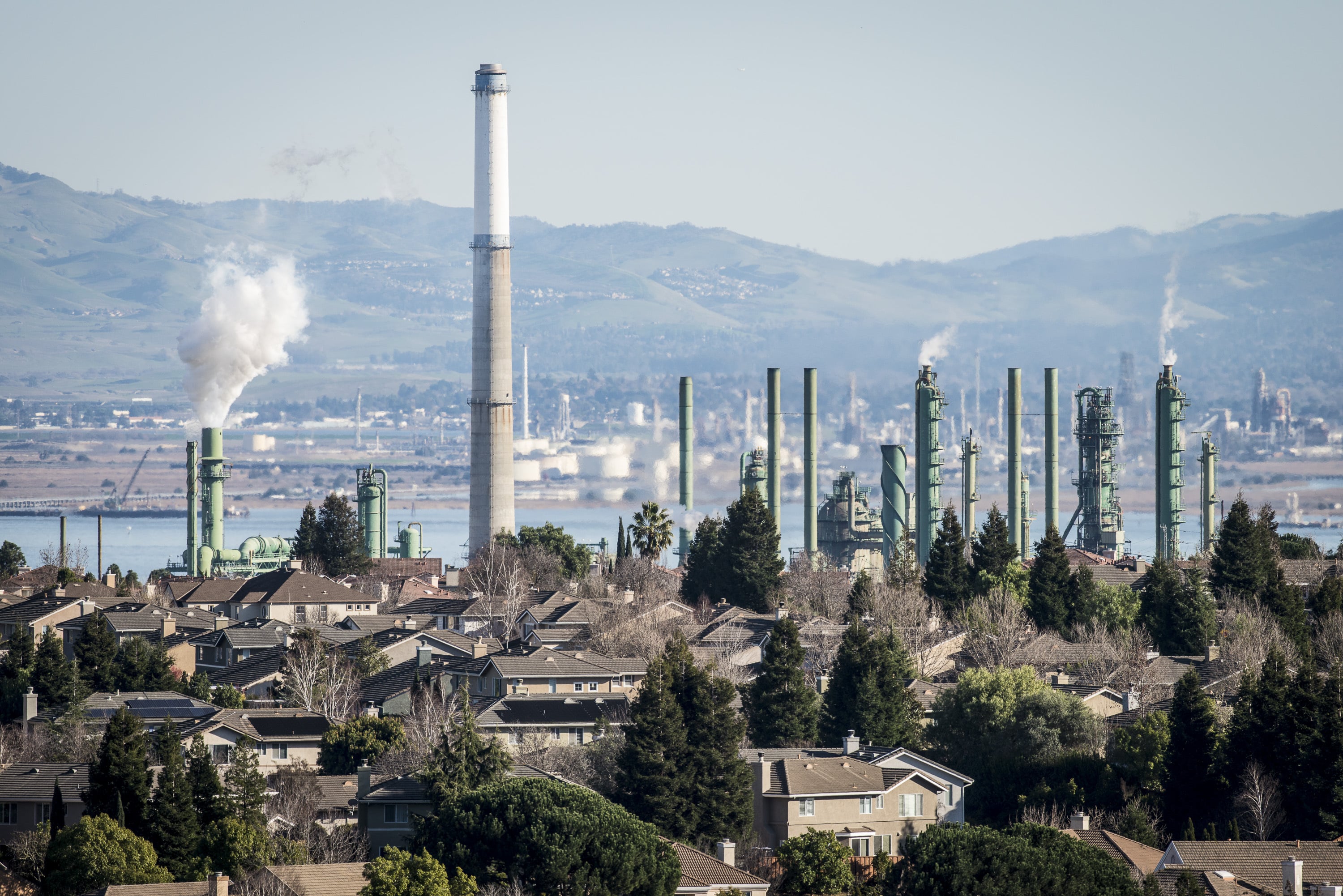
Assessing Pollutant|Impacts|on Bay|Area Communities

To support future rulemaking efforts, we developed improved estimates of particulate matter emissions from residential wood burning, nitrogen oxide emissions from natural gas combustion, and ammonia emissions from a variety of sources. Collaborating with the US EPA and CalEPA, the Air District worked to develop and apply improved methods to assess health impacts from PM2.5. The Air District also developed improved emissions reporting methods for large industrial facilities in relation to the Criteria Pollutants and Toxics Emissions Reporting statewide regulation.


